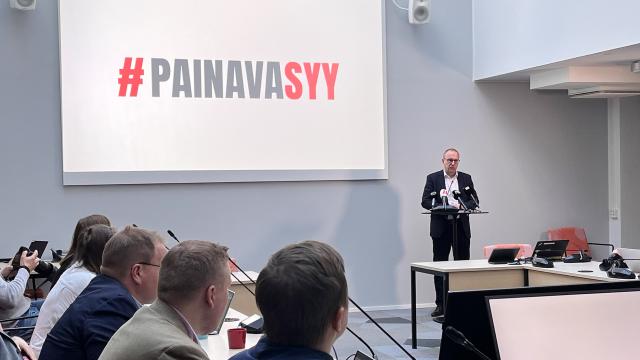Number of redundancies still high in 2013
In 2012 the number of redundancies was 15,800.
Only in the year 2009 has the number of redundancies been greater than in the last two years. More than 20,000 employees lost their jobs in 2009.
Technology industry companies accounted for the bulk of personnel cuts and second place went to private services. The highest number of redundancies took place in the industry services provider Metso which let go 1,157 employees. It was followed by Renesas Mobile 808, ship builder STX 670 and Nokia with 579 redundancies.
The listed companies were responsible for 45 per cent of redundancies. This is ten percentage points less than last year.
The information is collected by SAK from several sources like the media, stock market press releases and other public sources. The figures are added to the statistics when employers have confirmed these. The municipalities are not included in the statistics.
SAK sent out a questionnaire in December to all their shop stewards and occupational safety and health representative at working places across the country. Almost half (48 per cent) of them reported that there had been negotiations on either temporary lay-offs or redundancies at their places of employment during the year 2013.
Last year the number of employees to get a taste of mandatory consultation with regard to possible personnel cuts was 120,000. In 2012 it was 104,000. The Act of Co-operation stipulates that in all undertakings with more than 20 employees any planned redundancies are subject to mandatory consultation with personnel representatives.
Matti Tukiainen, the director of employment and sustainable growth at SAK is worried about the rapidly worsening employment situation in the service sector in particular.
“There are already signs of growth in industrial production. In terms of an improvement in employment prospects or an easing of the unemployment situation this will not be seen immediately, as the Finnish economy is based on exports and lags behind other parts of Europe in this respect. For this reason there might be the threat of a bigger wave of unemployment in retail and other services later this year.”
Heikki Jokinen
News
 The Central Organisation of Finnish Trade Unions
The Central Organisation of Finnish Trade Unions


